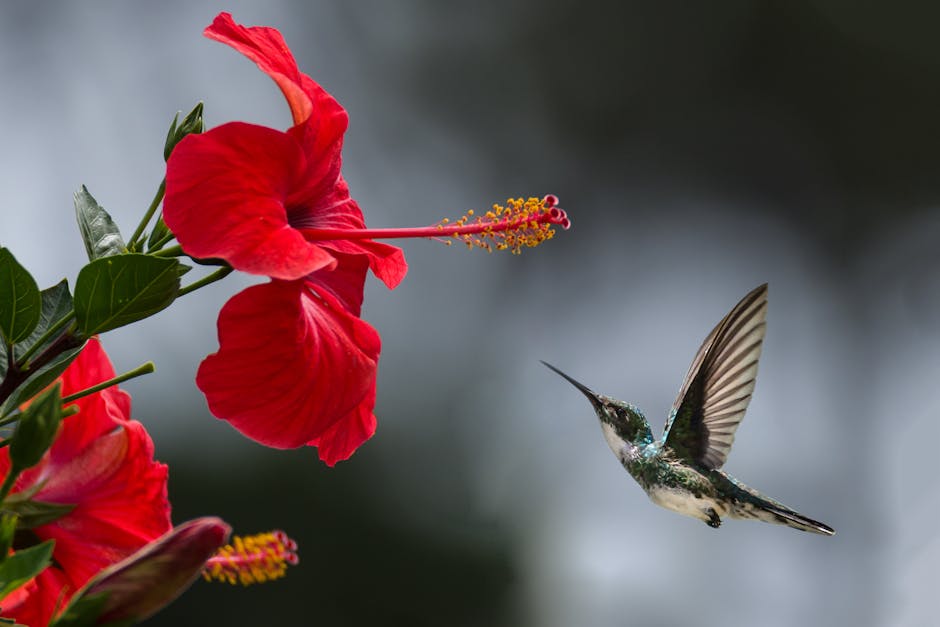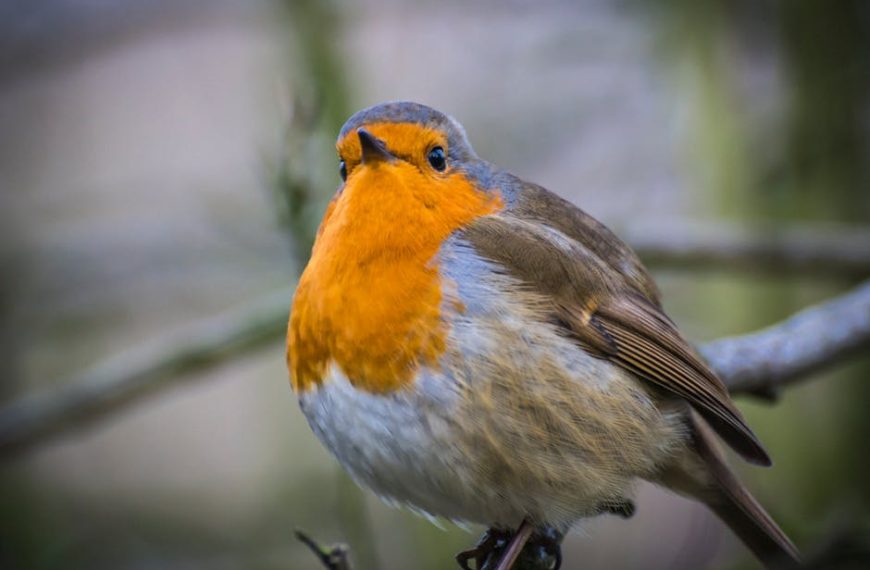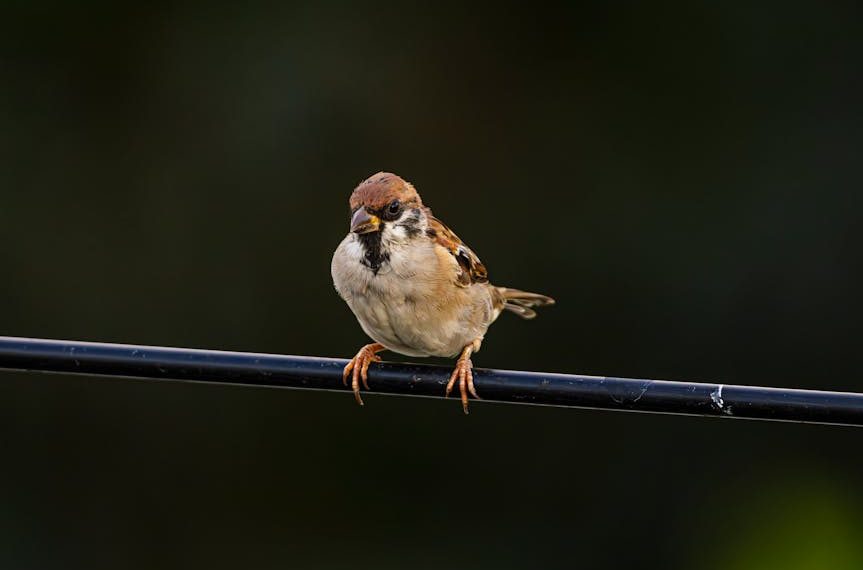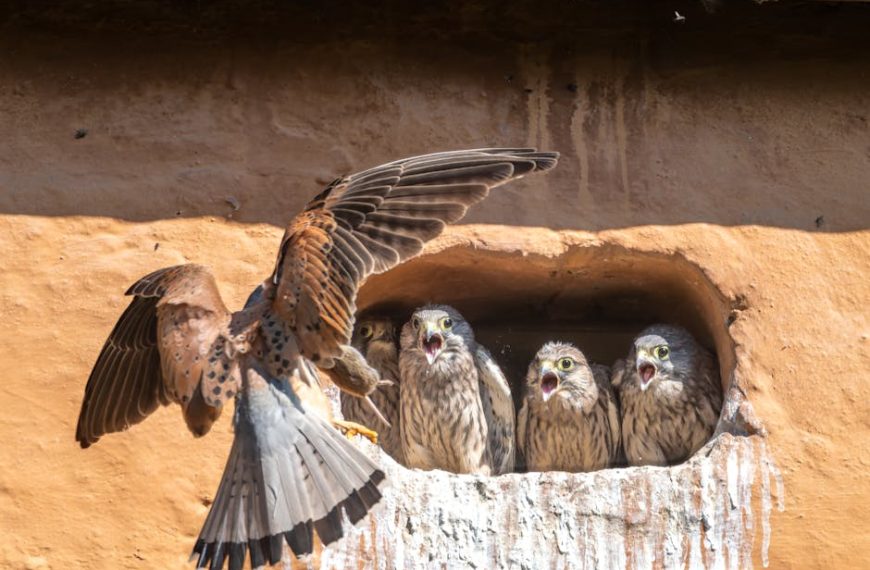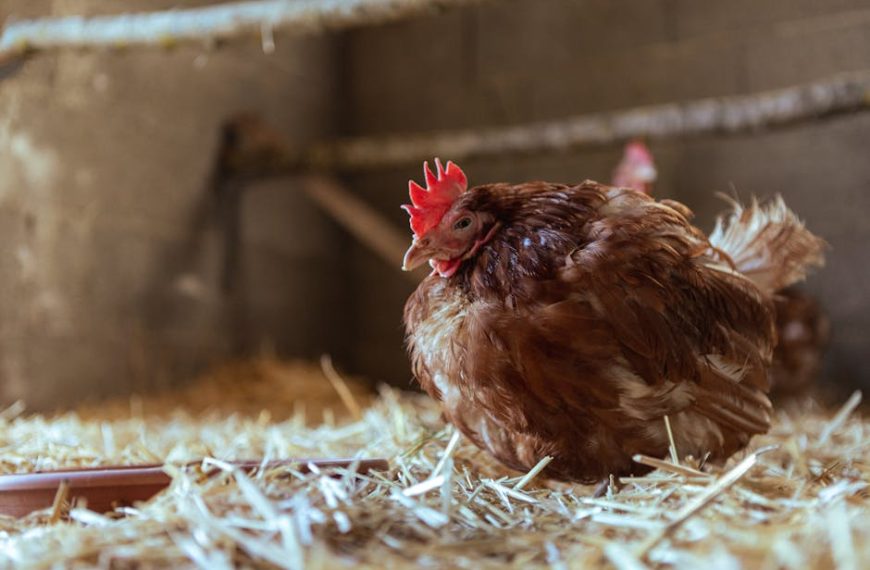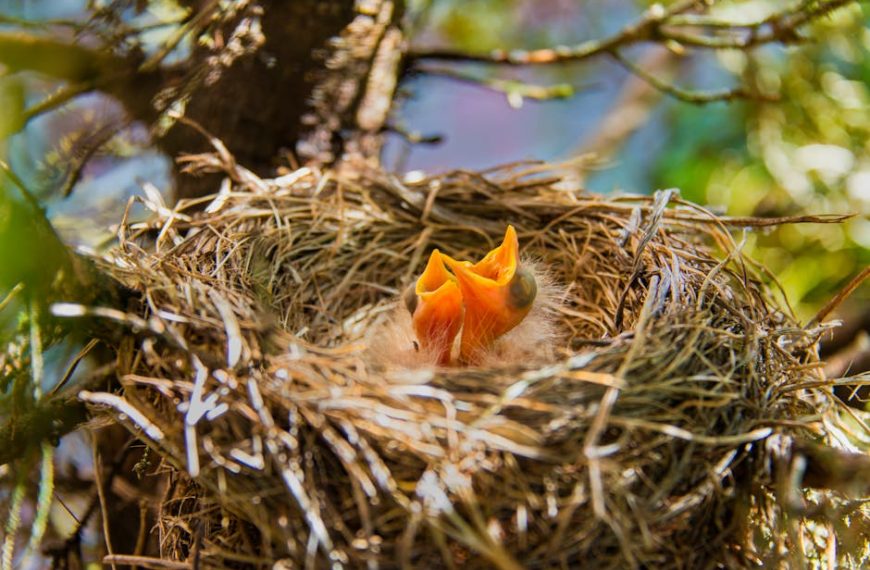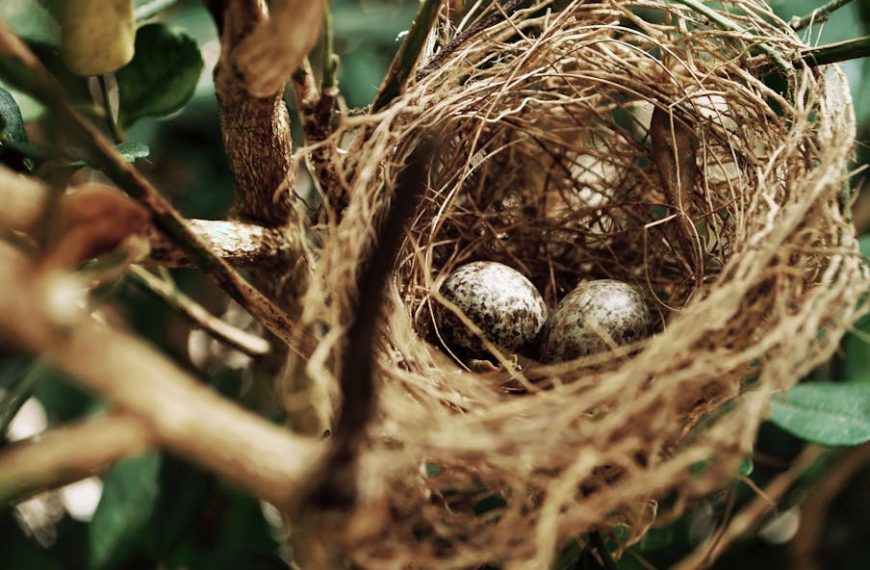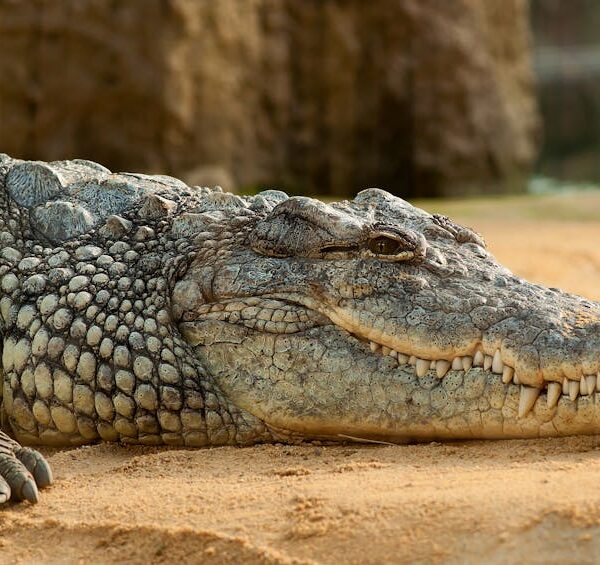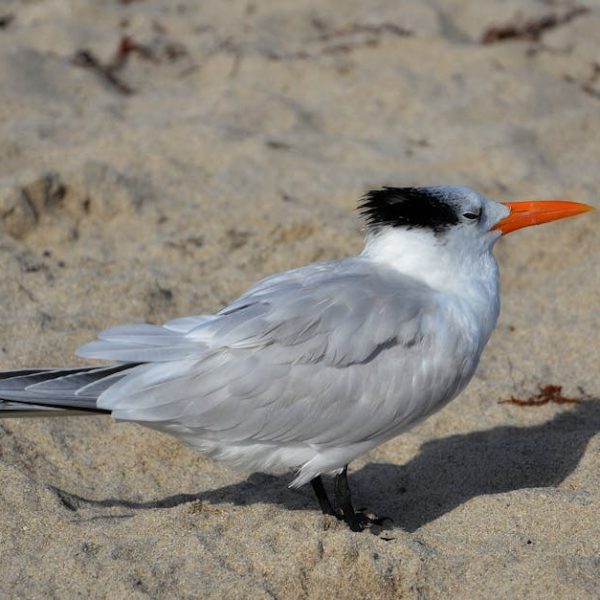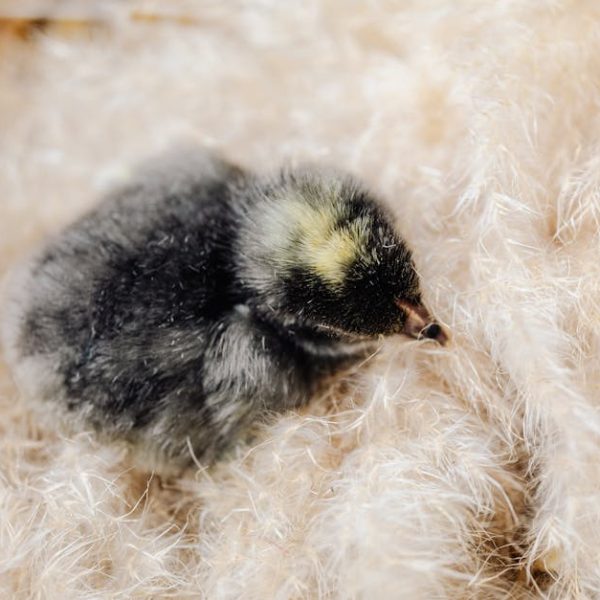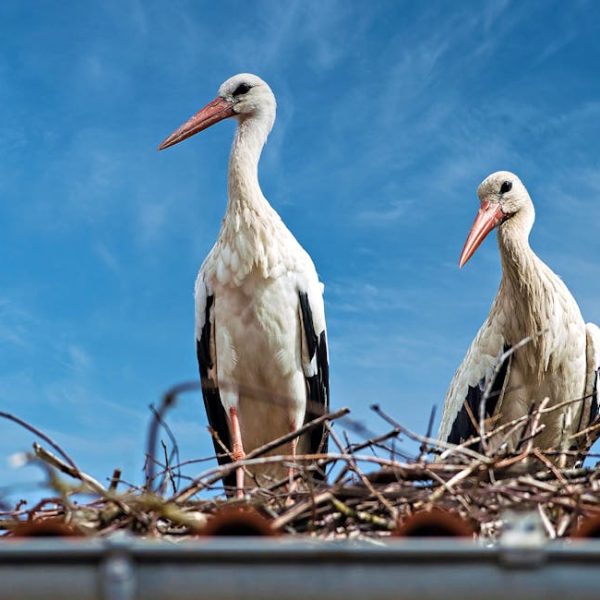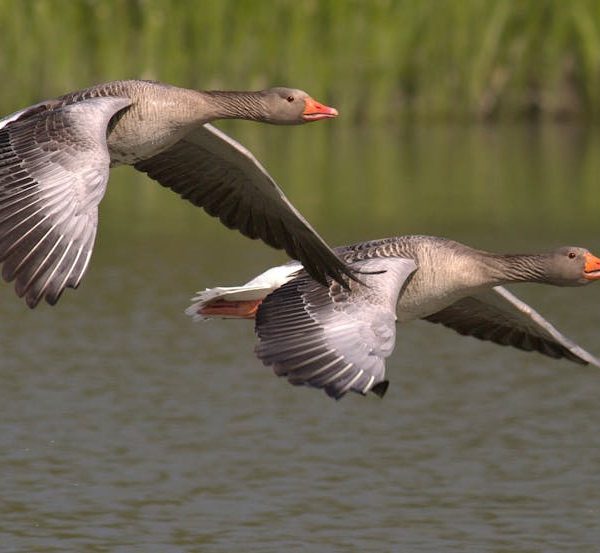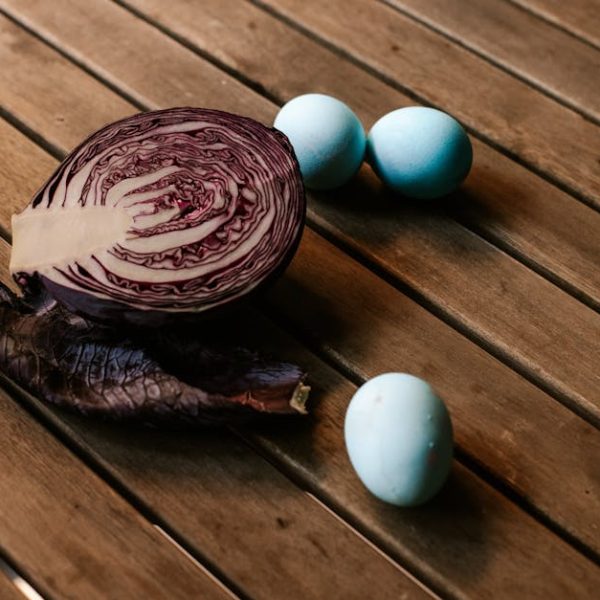Every year, countless birds undergo one of nature’s most intriguing rites of passage – leaving the nest. This natural occurrence marks a significant transition in a bird’s life. It’s an evolution-driven process that plays a distinctive part in ensuring the survival of avian species. But what exactly does this event entail, and why is it so crucial?
Understanding the Rite of Passage
In simple terms, ‘birds leaving the nest’ refers to the evolutionary stage where immature birds, often known as fledglings, leave their place of birth and venture into the wild. From a survival perspective, this transition is essential as it allows birds to grow into self-reliant adults capable of feeding, avoiding predators, and ultimately, reproducing to secure the continuance of their species. This fascinating rite is paramount in testing the bird’s adaptability and resilience, which can contribute significantly to the course of its life.
– Pro Tips: Observing this unique transition is indeed intriguing, but remember to keep your distance to avoid causing unnecessary stress or harm to the fledglings or their protective parents. Refrain from using flash photography and remember, if you see a fledgling on the ground, it’s likely part of its natural growing process.
In the vast and diverse world of birds, this rite of passage varies in timing and methods between species. Some birds, like the Glaucous Gull, stay in their nests for up to 50 days, while fast-paced species like the House Sparrow take flight in as little as 17 days.
Identifying Signs of Readiness to Leave
For avid bird-watchers and enthusiastic naturalists, understanding the impending departure’s signs can make this natural wonder even more rewarding to witness. Look for plumage development, a telling sign that a fledgling is prepping for its premiere flight. Increased activity within the nest, from fluttering wings to hop-flying from branch to branch, is another clear indicator of brewing flight plans.
It’s important, however, to understand that the age of departure varies across species. For instance, songbirds usually fledge between 10 to 14 days, whereas larger birds like raptors may take up to 10 weeks. Ultimately, environmental factors such as food availability and weather conditions can influence when a young bird spreads its wings.
– Checklist: Demonstrating ability to feed self, fully-feathered appearance, active and alert behavior, and strong grip are signs of a bird’s readiness to leave the nest.
– Best Practices: Respect their natural process – do not touch the bird or interfere unless it’s in immediate danger. And most importantly, resist the urge to adopt a seemingly alone fledgling, as its parents are likely nearby.
Challenges Birds Face After Leaving The Nest
Leaving the nest may be the first proverbial step towards independence, but it certainly isn’t the last challenge in the bird’s young life. In fact, predation, starvation, climatic extremes, and physical injuries are just a few challenges that a fledgling could face once leaving the security of the nest. These adversities significantly influence the bird’s survival rate, with research indicating that over half of all fledglings may not survive their first year.
Let’s not forget, however, that birds are remarkably resilient. They learn quickly, adapting their behavior to overcome these challenges.
– Pros and Cons: Fledglings gain independence, learn survival skills, and contribute to the ecological balance after leaving the nest. However, they also face threats like predators, food scarcity, and harsh weather conditions.
– Lists: Common predators for various bird species include larger birds (like eagles and hawks), terrestrial predators (like cats, snakes, and raccoons), and even other members of their own species.
Nurturing and Parental Role During the Transition
Bird parents play a key role in guiding their chicks through this challenging transition. They prepare them through ‘flight school’ lessons in which chicks are taught essential survival skills like finding food and avoiding dangers. Post-fledging, the care isn’t over immediately—parents continue to feed and protect the fledglings, slowly reducing their assistance as the young birds learn self-sufficiency.
– Lists: Species like the American Crow, which has a prolonged parental care period of up to two months post-fledging, exhibit unique parental behaviors during this transition.
– Pro Tips: To observe this nurturing behavior, maintain a safe distance. Use binoculars or a zoom lens to watch from afar without disturbing the birds.
The Positive Impact of this Rite of Passage
This rite of passage is more than just a major event in a bird’s life—it contributes significantly to biodiversity and ecological balance. By leaving the nest, birds explore new locations, aiding seed dispersal, pest control, and pollination. This occurrence also highlights the continuous cycle of life in nature, reminding us of nature’s great resilience and reassuring constancy.
– Lists: Leaving the nest aids in the dispersion of seeds (increasing plant diversity), controlling pests (maintaining ecological balance), and the pollination of plants (contributing to the food system).
– Pro Tips: We can contribute to this natural process by keeping our pets indoors, especially cats, during fledging season. And remember, if you find a sick or injured fledgling, contact your local wildlife rehabilitator instead of trying to care for the bird yourself.
In closing, observing the rite of passage of birds leaving the nest is not just an engaging experience; it’s also a chance to comprehend the intricacies of nature and be a part of fostering its well-being. After all, we share this planet with countless species, and understanding their journeys can help us coexist harmoniously.
Key Takeaway:
- The birds leaving their nest signify an essential rite of passage where fledglings venture into the wild, becoming self-reliant adults.
- The timing and methods of this process significantly vary across species.
- Identifying signs of impending departure such as plumage development and increased activity can make observing this natural wonder even more rewarding.
- Fledglings face multiple challenges post-departure like predation, starvation, climatic extremes, and injuries.
- Bird parents play a pivotal role in preparing their chicks for this transition through lessons and continuous care post-fledging.
- This rite of passage substantially contributes to biodiversity and ecological balance by aiding seed dispersal, pest control, and pollination.
Embracing the inquisitive spirit can lead us to invaluable insights about the avian life cycle and their profound contributions to the ecosystem. We must remember to observe these rites of passage responsibly, keeping their well-being as our utmost priority. As we continue to learn and appreciate, we become a part of the collective effort to respect and preserve our shared natural world.
FAQs
Q: How can I encourage a safe environment for birds in my garden during the fledging season?
A: You can help by providing food and water sources, planting native plants, reducing window strikes, and keeping pets, especially cats, indoors during this time.
Q: Will touching a fledgling cause the parents to abandon it?
A: Contrary to popular belief, most birds have a poor sense of smell and are unlikely to abandon their chicks if touched by humans. However, you should still avoid touching fledglings unless absolutely necessary.
Q: Are birds legally protected during the fledging process?
A: Yes, in many countries birds, their nests, and eggs are protected by law to safeguard them during the essential stages of life.
Q: What’s the difference between a fledgling and a nestling?
A: A nestling is a very young baby bird that is still in the nest and relies entirely on its parents for survival whereas a fledgling has left the nest and is actively practicing flying, with their parents usually nearby for support.
Q: What can I do if I find an injured or sick fledgling?
A: If you find an injured or sick fledgling, you should contact a local wildlife rehabilitator. They are trained to handle the situation correctly, and it’s safer for you and the bird.
Continue expanding your understanding of nature’s wonders by exploring more articles on our website. Don’t forget to share what you’ve learned with your friends and family. Knowledge shared is knowledge multiplied.
